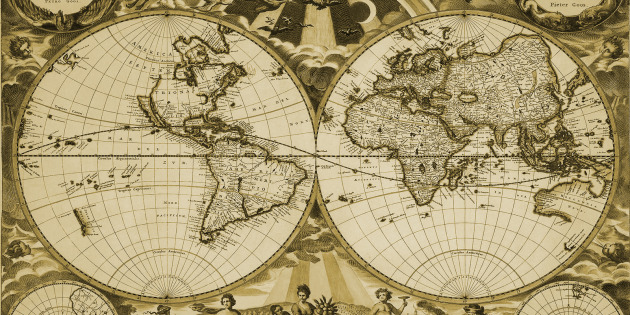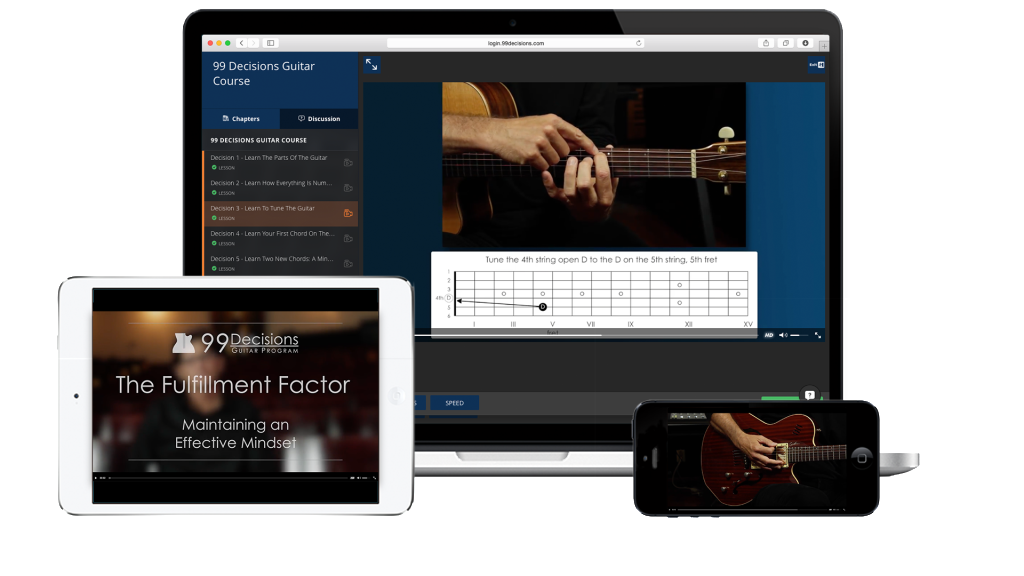Here is some further clarification of the concepts I discussed in a previous blog post, It’s a Matter of Scale…
There are seven notes in the major scale.
C Major Scale = C D E F G A B
But whenever I ask a student. “What are the notes of the C major scale?”, they frequently answer, “C D E F G A B C”.
That isn’t necessarily a wrong answer… it’s more a case of over-answering.
So why does everyone usually say the tonic again at the end?
Because that is how we normally play a scale.
It’s a matter of cognition versus performance.
And then, when we go to play a C major scale on the guitar, we use these patterns that have lots of notes in them (like, 16-17 notes) and they often don’t start, or end, on the tonic.
Let’s sort some of this stuff out…
• Cognition = pure music theory = just the notes of the scale
“What are the notes of the C major scale?”
Answer: C D E F G A B
There are seven notes in the major scale, not eight. So when asked what are the notes in any particular scale, only say the individiual notes that make up the scale… do not say the tonic again. This creates a cognition that is more in line with how music theory works. You could say we’re talking here about “music on paper.”
Some scales have only 5 or 6 notes in them…
There are five notes in the Minor Pentatonic Scale, so…
G minor Pentatonic Scale = G Bb C D F
• Playing a scale to “actualize” it, to hear it
Now, there are a million & one ways to play/practice the notes of a scale, with all the possible sequences & the like. I would say that running a scale ascending & descending from the tonic up to a tonic & back down would constitute “Way #1″ on anyone’s list of scale practice. Also, our brains are wired to want to hear certain things in certain ways and when it comes to pitches, the brain likes organization. So starting on a tonic is very obvious to the brain in terms of declaring the key that the following notes are in. And running the pitches “in order”, from one to another, is also very obvious in terms of how the notes all belong together.
Place this one octave example…
Now from a facility standpoint, in music, pitches go up and pitches go down. So it behooves us to practice our scales in both directions to develop the facility to play scale-based melodies on our instruments. This has been standard practice for centuries.
• Location = where are all of these notes on your instrument?
This is the enormous subject of mapping out scale patterns on the guitar. There are seemingly infinite numbers of patterns for any scale type.
I’ll reiterate what I said in It’s a Matter of Scale Part One-
Scale patterns are an arrangement of the notes of that scale. The commonly used patterns are merely all the notes of the scale within reach of a particular position on the fretboard (give, or take, a fret). Think “ergonomics“.
As far as a major scale goes, there are a couple of standard approaches- the five patterns (sometimes referred to as the “CAGED” patterns), and then there’s the “Three note per string” patterns, and then there’s a whole bunch of others.
Here’s one of the five patterns, in the key of C.
It starts on G and goes up to A, two octaves higher:
• Application = using the notes of the scale to create art
This part’s easy… anything goes!
That’s right… when you use scales to create art, it’s any note, any time, anywhere.
However, how you practice your scales with have a profound effect on how you use your scales. That’s why this whole discussion is so important to the music student. Everything you do in your efforts to grow as an art/musician/guitarist is going to result in an amalgamation of your experiences.
(amalgamation = extra credit word- look it up!)
So this is what I suggest:
Continue to sort out your understanding of scales and what they actually are, depending on the context you are in when dealing with them in. It will be a tremendous help to you in your quest to become a fully-functioning musician.





2 Comments
David Anderson
January 18, 2015I think that once I started thinking about scales as distance between notes or pitches, as apposed to a series of notes to memorize, I began to see the redundancies that can accompany the guitar fretboard. Great post!
Daniel Larkin
January 23, 2015anxiously awaiting future entries on this topic.
Leave A Response To David Anderson Cancel reply